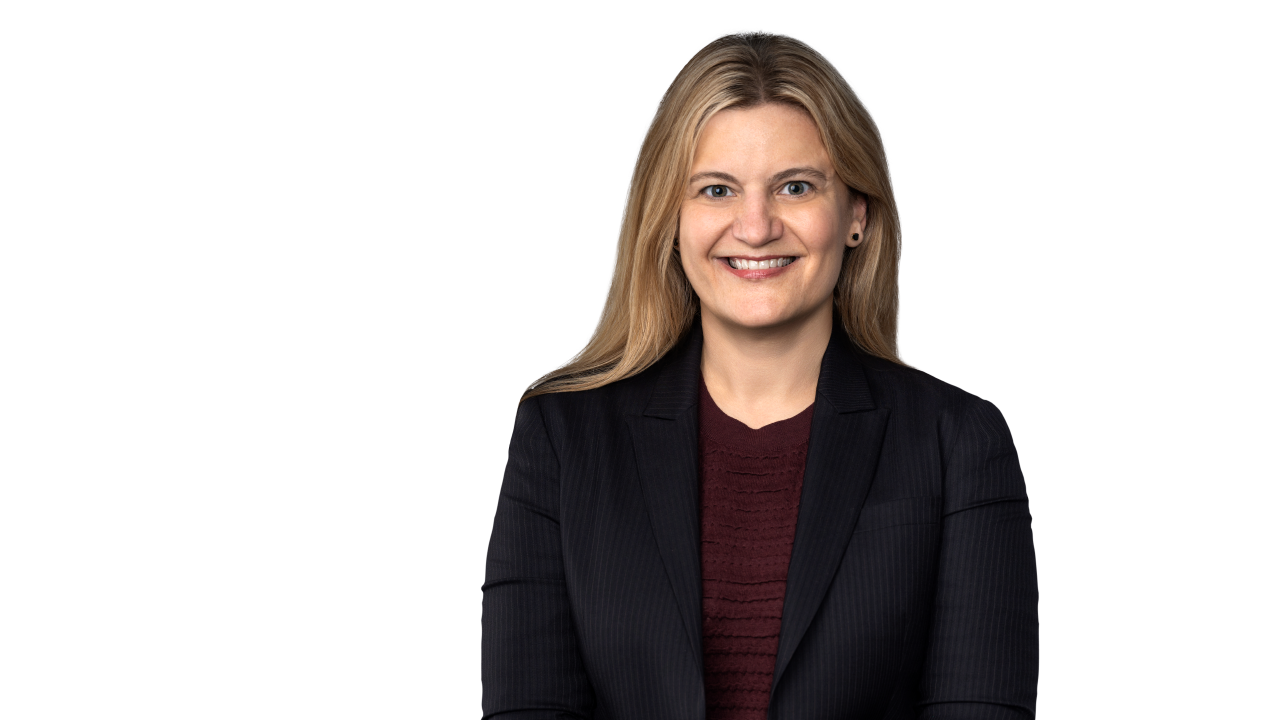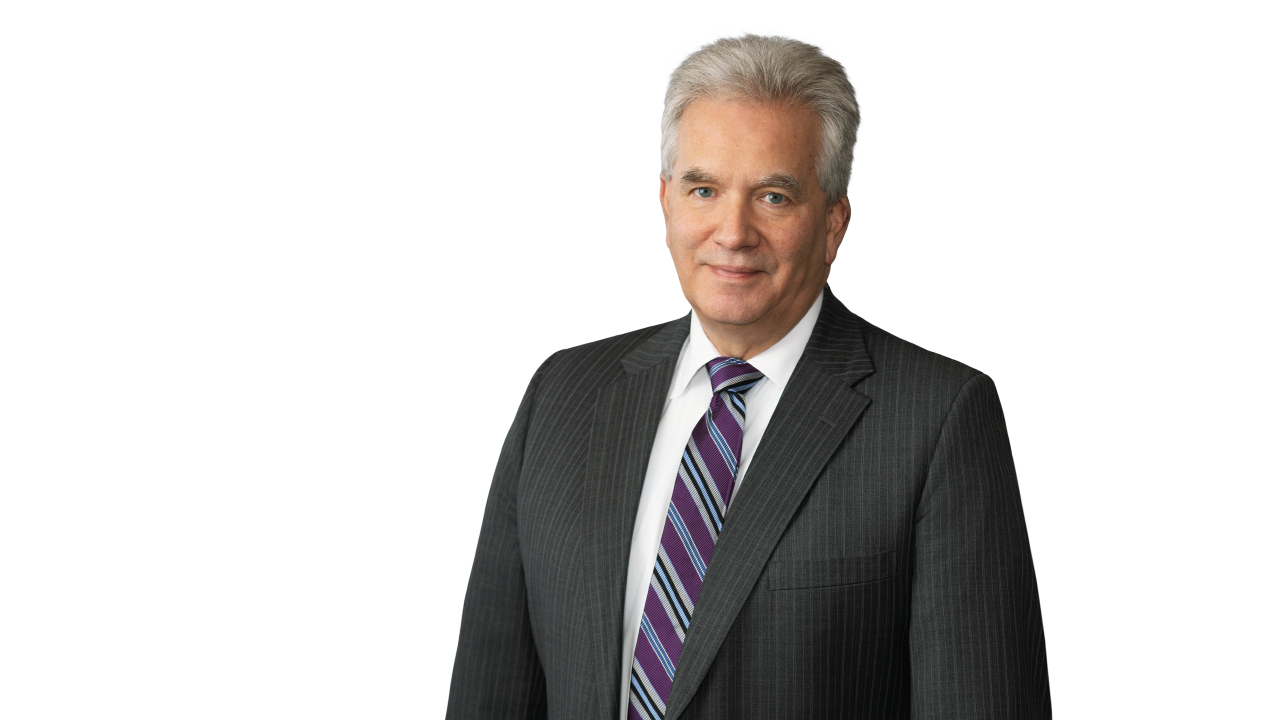Q&A: Chicago Employers Confront Significant New Mandatory Paid Leave Requirements Effective January 1, 2024
Insights for Employers Alert | 10 min read
November 10, 2023 | Updated, November 13, 2023
On Thursday, November 9, 2023, the Chicago City Council voted to approve a new paid time off ordinance, the “Chicago Paid Leave and Paid Sick and Safe Leave Ordinance.” This new ordinance replaces the Chicago Paid Sick Leave Ordinance, and employees will begin accruing time under its requirements on January 1, 2024. We break down the new requirements in a question-and-answer format.
Q: Who is Subject to the New Ordinance?
A: A Covered Employee entitled to the rights and remedies under the ordinance is any employee who, in a two-week period, works at least two hours for an employer while physically present in the geographic boundaries of the city. This is a new definition, and while the original Paid Sick Leave Ordinance had a low standard for who qualified for benefits under the ordinance (previously anyone who worked 80 hours in 120 days), this is a lower threshold for eligibility.*
An Employer required to comply with the ordinance is anyone who gainfully employs at least one person.
* Certain exclusions and related details: Covered employees include those who work for the City of Chicago (with limited exceptions) and sister agencies; however, this ordinance does not apply to employees who work for any other governmental entity. Elected officials and certain railroad employees are also excluded from coverage. Additionally, employers are permitted to adopt policies that exclude interns from the ordinance requirements.
Q: What Are the New Paid Leave Time Requirements?
A: Beginning January 1, 2024, the new ordinance requires that Covered Employees earn two types of paid time off: Paid Leave and Paid Sick Leave. A Covered Employee must have the opportunity to earn at least 40 hours each of Paid Leave and Paid Sick Leave. An employer can set a cap of 40 hours of Paid Leave and 40 hours of Paid Sick Leave per 12-month period.
The 12-month period must be calculated from the date the Covered Employee began to accrue leave. For existing Covered Employees, that will likely be the date this new ordinance takes effect: January 1, 2024. For any Covered Employees hired after that date, the 12-month period would likely have to be the anniversary date.
The accrual rate for each type of leave is one hour for every 35 hours worked. This is a lower threshold than the prior Paid Sick Leave Ordinance, which required a minimum of one hour of Paid Sick Leave for every 40 hours worked.
The time must accrue in hourly increments only, not fractional accruals. An employer can offer employees more paid time for either category, and if so, the employer can choose to credit the time on a monthly basis. As with the original Paid Sick Leave Ordinance, exempt employees will be presumed to work 40 hours per week.
Q: How is This Different From the Previous Chicago Paid Sick Leave Ordinance Regarding Benefits Employers Must Provide?
A: The ordinance added a leave category and increased the total time for both forms of leave. The prior Paid Sick Leave Ordinance limited the type of paid leave to “sick leave,” which employees were only permitted to take under certain circumstances:
- Accrual rate: Whereas the prior Paid Sick Leave Ordinance only required employers to provide one hour of sick leave for every 40 hours worked, the new ordinance requires employers to provide a Covered Employee one hour of Paid Sick Leave and one hour of Paid Leave for every 35 hours worked. The new ordinance allows employers to cap the amount of leave earned in a 12-month period at 40 hours per each type of leave.
- Carryover Sick Leave: The new ordinance requires employers to allow the carryover up to 80 hours of sick time to the next 12-month period, regardless of whether the employer “frontloads” the sick time at the start of the 12-month period or grants the sick time on an accrual basis throughout the 12-month period. The prior Paid Sick Leave Ordinance had a lower sick time carryover requirement and allowed employers to avoid the requirement altogether if the employer “frontloaded” the sick time on the first day of employment instead of the accrual method.
- Carryover – Paid Leave: Under the new ordinance, employers who choose to “frontload” the paid leave are not required to carryover the employee’s unused Paid Leave to the next 12-month period. However, if an employer does not “frontload” and instead requires a Covered Employee to accrue Paid Leave on an hourly basis throughout the year, the employer must allow the Covered Employee to carry over up to 16 hours of unused Paid Leave into the following 12-month period.
- Payout: Under the prior Sick Leave Ordinance, there was no payout of unused sick leave required at termination. Under the new ordinance, because of the addition of general Paid Leave, a Covered Employee’s unused Paid Leave must be paid out when the Covered Employee is terminated, separates for any reason, or is no longer deemed a Covered Employee. As addressed below, certain small employers are exempt from this payout requirement, and different payout rules apply to Medium Employers. There continues to be no payout requirement to employees at termination, separation, or otherwise for any accrued and unused Paid Sick Leave time.
Q: Is There Still a Distinction for FMLA Employers?
A: No.The prior Sick Leave Ordinance had different carry-over requirements and uses rights for employers designated as “FMLA” employers due to their size, i.e., over 50 employees and covered by the FMLA. That distinction does not exist in the new ordinance.
The carryover rights for unused sick leave do not vary based on whether the employer is an “FMLA employer.” Covered Employees are permitted to carry up to 80 hours of Paid Sick Leave. The carryover rights for Paid Leave in the new ordinance vary depending upon whether the employer “frontloads” the leave or grants the Paid Leave on an accrual basis.
Q: What is the Small Employer Exemption?
A: There is a distinction made in the definitions between a Small Employer and a Medium Employer. This distinction is relevant for the payout obligations an employer may have for just the Paid Leave component of the benefit time.
Under the ordinance, an employer generally has the obligation to pay any accrued but unused Paid Leave time when an employee leaves or no longer meets the definition of a Covered Employee (e.g., the employee is no longer assigned to work in Chicago).
However, a Small Employer is exempted from this requirement and is not required to pay out any accrued Paid Leave as would otherwise be required. A Small Employer is defined as anyone with 50 or fewer Covered Employees. No further definition or guidance is provided to determine when or how employees will count as Covered Employees.
It is safe to assume all employees on the payroll would need to be counted, regardless of full-time or part-time employment status. We will have to wait to see if Chicago issues rules to further define and expand on the parameters of this exemption. The guidance that is provided relates to when multiple entitles should be counted as one employer for calculating this headcount, which states that “the number of Employees will be aggregated if they are employed by members of a single unitary business group as defined for Illinois income tax purposes.”
A Medium Employer is defined as an employer with between 51 and 100 Covered Employees, inclusive. A Medium Employer has a modified exemption for purposes of the payout requirement at termination of accrued Paid Leave. For the first year that the ordinance is in effect, a Medium Employer will only have to pay out a maximum of 16 hours of accrued Paid Leave until December 31, 2024, at which point, this category of employers will be required to pay the full balance of any accrued Paid Leave.
Keep in mind, under the Illinois Wage Payment and Collection Act, employers that provide any amount of vacation time or who combine paid time off into one general “PTO” bucket are required by state law to pay accrued but unused benefit time at the time of separation of employment. Nothing in this ordinance changes that state law requirement.
Q: Is Earned Time Required to be Paid Out for Terminated Employees?
A: Employers are not required to pay out earned, unused sick leave when an employee terminates. However, employers must pay out a Covered Employee’s earned but unused Paid Leave time at termination, subject to the Small Employer and Medium Employer limitations described above. Please also note the obligations an employer has under the Illinois Wage Payment and Collection Act.
Q: If an Employer has an Existing Policy, Can That be Used to Comply With the Ordinance?
A: The new ordinance states that “[i]f an Employer has a policy that grants Employees Paid Leave or Paid Sick Leave in an amount and manner that meets or exceeds the requirements of this chapter, the Employer is not required to provide additional Paid Leave or Paid Sick Leave.” 6-130-030.
Conservatively, this should be read to mean that if an employer has current paid leave policies that provide an amount of time that meets the requirements of the new ordinance, they do not have to provide an additional, separate paid leave benefit. Employees hearing the news that Chicago passed a new paid time off ordinance may think they will universally be entitled to an additional 2 weeks of paid time off on top of what an employer currently provides, and given this provision, that assumption would not be correct.
However, the language of the ordinance states that the existing policy must “meet[] or exceed[] the requirements of this chapter.” The ordinance’s requirements are not just limited to the number of paid time off an employee must be provided. The requirements include details on notice and use, carryover rights, etc.
The language of 6-130-030 did not mirror the language of the state’s new Paid Leave for All Workers Act, which noted that if an employer had an existing policy that met the minimum requirements for paid time, no other modifications to the existing policy had to be made. Employers with existing policies will want to review these other details to ensure the application and rules of their policy do not conflict with the other aspects that the ordinance requires.
Q: When Does The Ordinance Go Into Effect?
A: January 1, 2024
Q: What Else Should Employers be Paying Attention to?
A:
1. Watch the 12 month benefit period. The prior ordinance and rules allowed the employer to designate the 12-month period. No such language appears in this ordinance. Instead, there is a specific provision that states: “The 12-month period for a Covered Employee shall be calculated from the date the Covered Employee began to accrue Paid Leave and Paid Sick Leave.” For your current employees, arguably, that is January 1st, 2024, the date the new ordinance goes into effect. For anyone hired after that date, the date the employee begins to accrue time would be the first date of employment.
The rate at which paid time must be paid under the ordinance will be fairly standard for employees paid a regular hourly rate or set annual salary. For employees whose pay includes gratuities or commissions, the pay rate must be no less than the highest applicable minimum wage. In most instances, that will be the City of Chicago’s minimum wage.
2. Watch the notice requirements.There are increased notice obligations that did not previously exist. Specifically, in addition to the notice requirements of the prior ordinance, employers must notify employees each time wages are paid with the amount of Paid Leave/Paid Sick Leave available, the time the employee has used, and the accrual rates. An employer can opt to comply with this provision by making this information available for an employee to access through an online system or portal. Written paid time off policies must be provided to employees at the start of employment and within five days of any changes being made, with a 14-day notice period before any changes can take effect.
3. Watch certain distinctions between the rules around Paid Leave and Paid Sick Time. For example, an employer may prohibit a Covered Employee from using Paid Sick Leave in the first 30 calendar days after starting employment. However, an employer may prohibit a Covered Employee from using accrued Paid Leave until 90 calendar days after starting employment (down from 180 days in the original ordinance).
4. If you have an unlimited vacation policy, you are not excused from compliance, which may be one of the more significant provisions.
Some employers, particularly those that operate in multiple jurisdictions who sought an easy solution to having to track and comply with all the different vacation time requirements, moved to unlimited vacation as a way to avoid compliance mistakes and eliminate the financial burden associated with the payout of accrued time.
Under the new ordinance, employers with unlimited vacation policies must still comply with the reasonable notice requirements, lack of pre-approval, and even payout requirements. For unlimited vacation policies, there often is no payout at termination. An employer in this situation will have to pay out the equivalent of 40 hours of accrued Paid Leave, less any hours the employee used in the prior 12-month period. That means an employer with an unlimited vacation policy will need to track the vacation time taken by Covered Employees if the employer wants to avoid full payout, which arguably defeats why employers moved to this type of policy in the first instance.
5. Reinstatement of Sick Leave. Even though Paid Sick Leave does not need to be paid out at the end of employment, if a Covered Employee returns to the employer at any time after termination, the earned and unused sick leave must be reinstated.
6. Denial of Meaningful Access. If an employer denies approval of earned Paid Leave or Paid Sick Leave such that it deprives a Covered Employee of “meaningful access” to Paid Leave or Paid Sick Leave, and the Covered Employee has reached the carryover limit at the end of the 12-month period (16 hours for Paid Leave and 80 hours for Paid Sick Leave), the employer must increase the permissible carryover amount to include those hours denied.
Paid Leave is paid time off that can be used for any reason. Paid Sick Leave is subject to the same categories of use that existed under the original Paid Sick Leave Ordinance.
Related People
Related Capabilities
Featured Insights

Employment Law Observer
Dec 8, 2025
12 Days of California Labor and Employment: 2025 Year in Review

Press Release
Dec 4, 2025
Hinshaw Recognized by the Leadership Council for Legal Diversity as a 2025 Top Performer

Press Release
Nov 25, 2025
Hinshaw Legal Team Secures Summary Judgment in Gas Station Injury Case

Press Release
Nov 18, 2025
Hinshaw Releases the Third Edition of Duty to Defend: A Fifty-State Survey

In The News
Nov 13, 2025
A Profile on Neil Rollnick: After 57 Years in Practice, He Has No Plans to Retire










